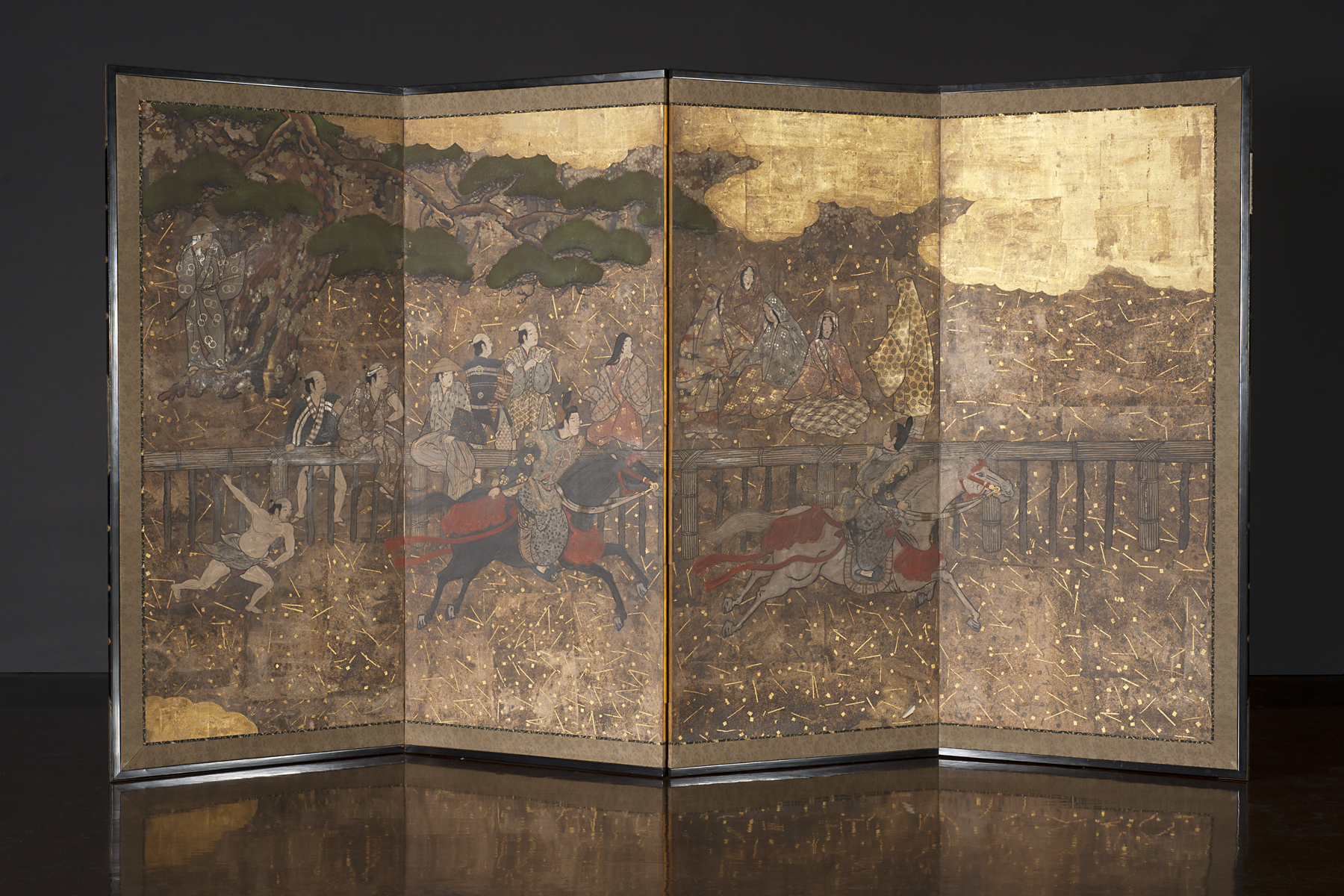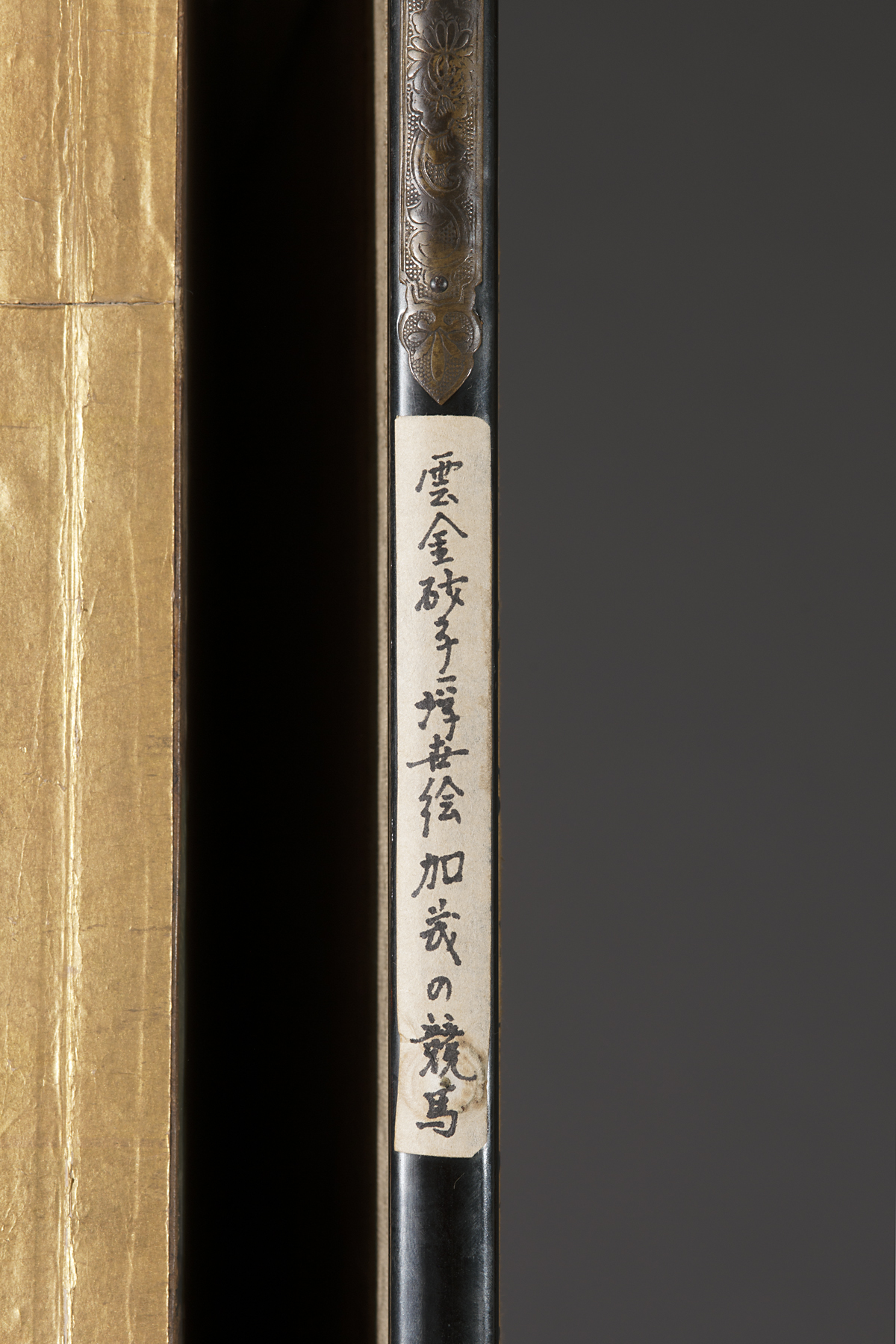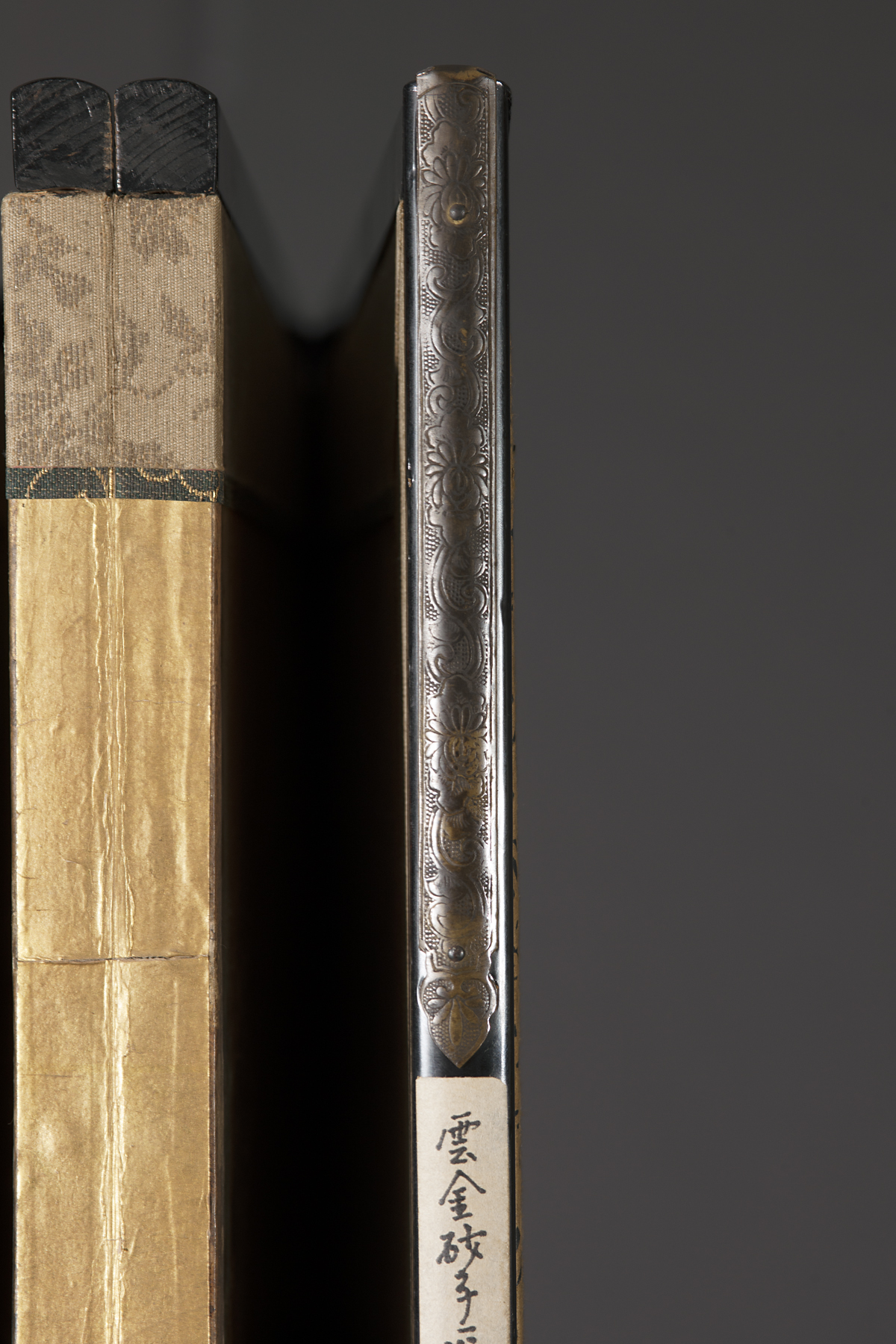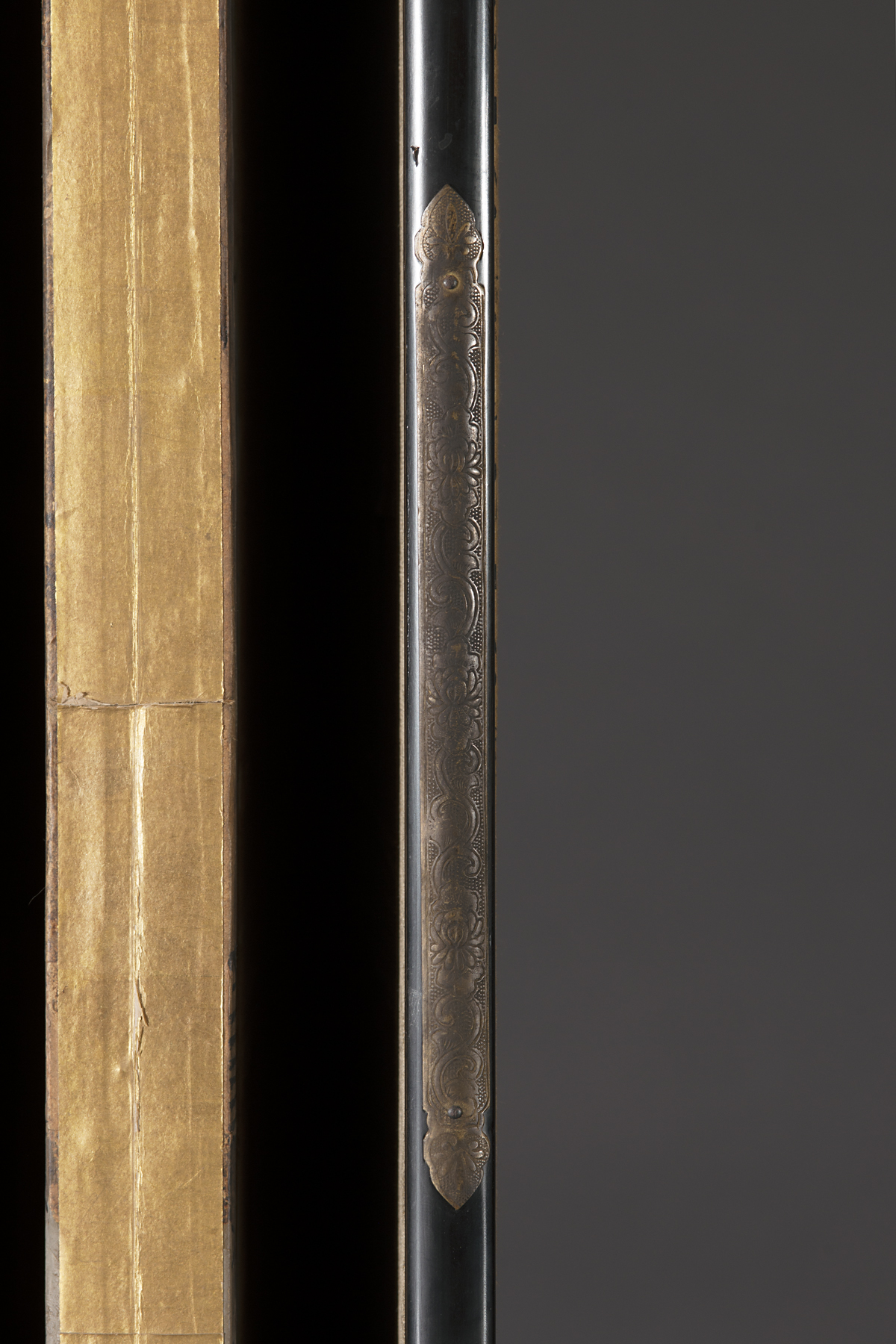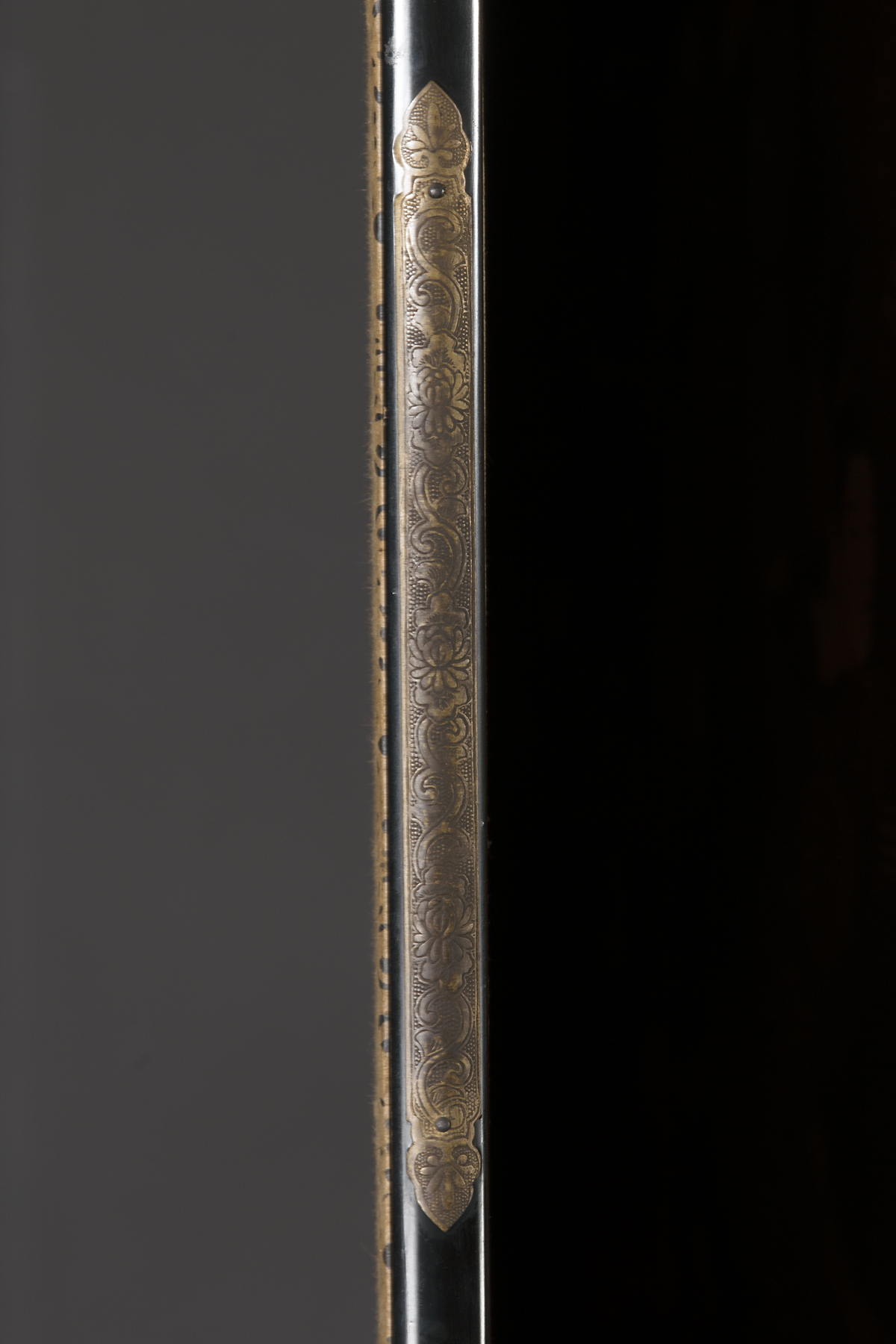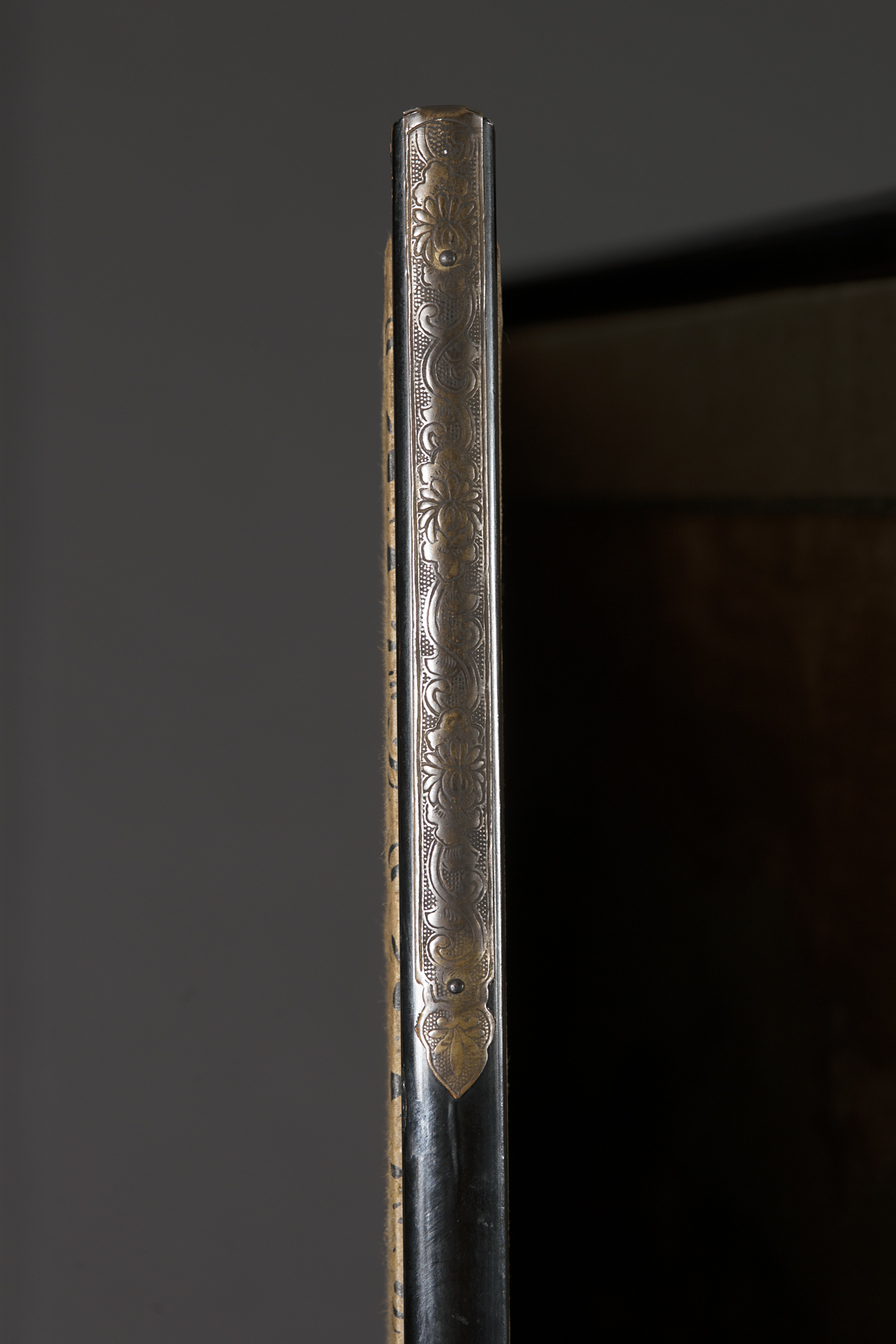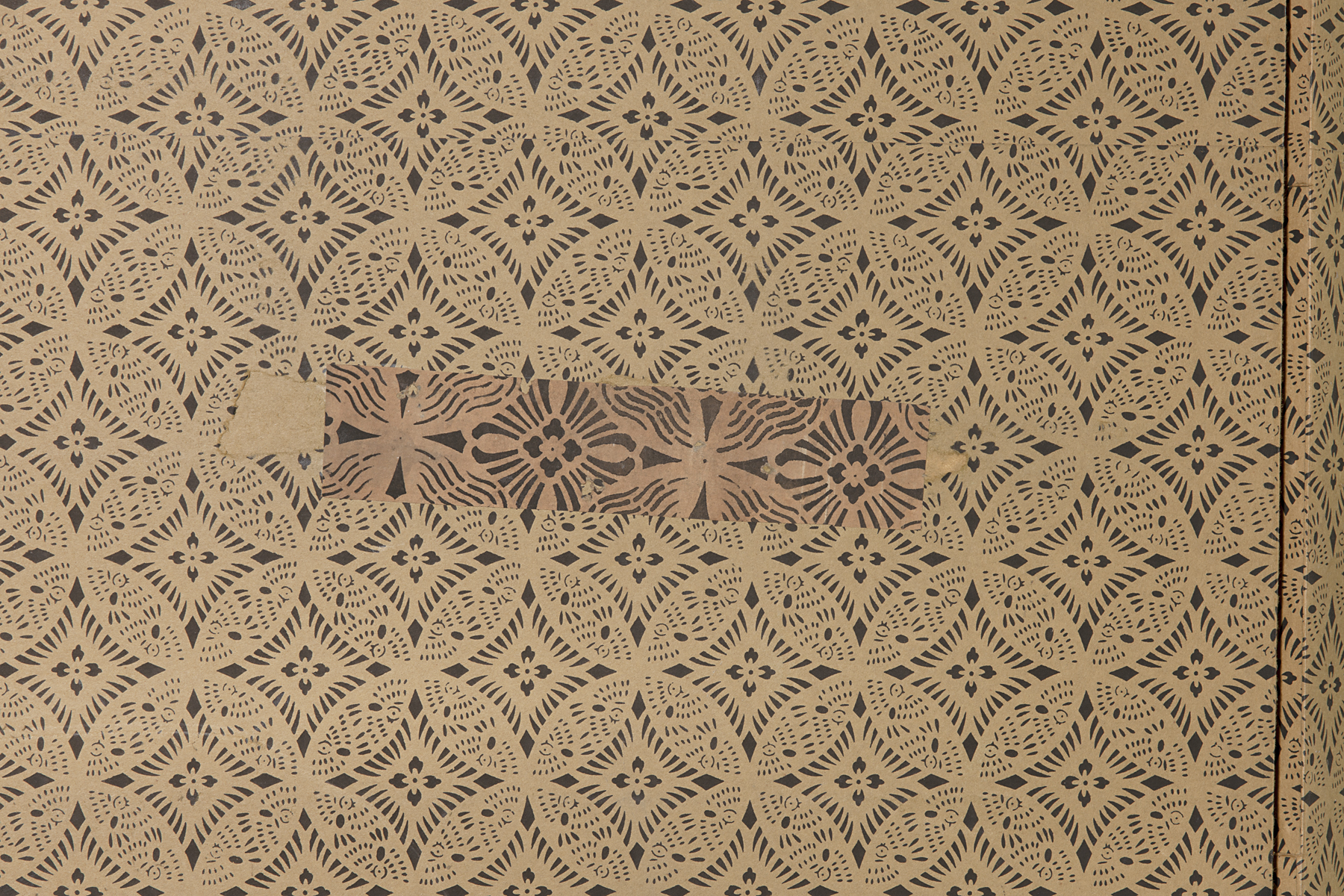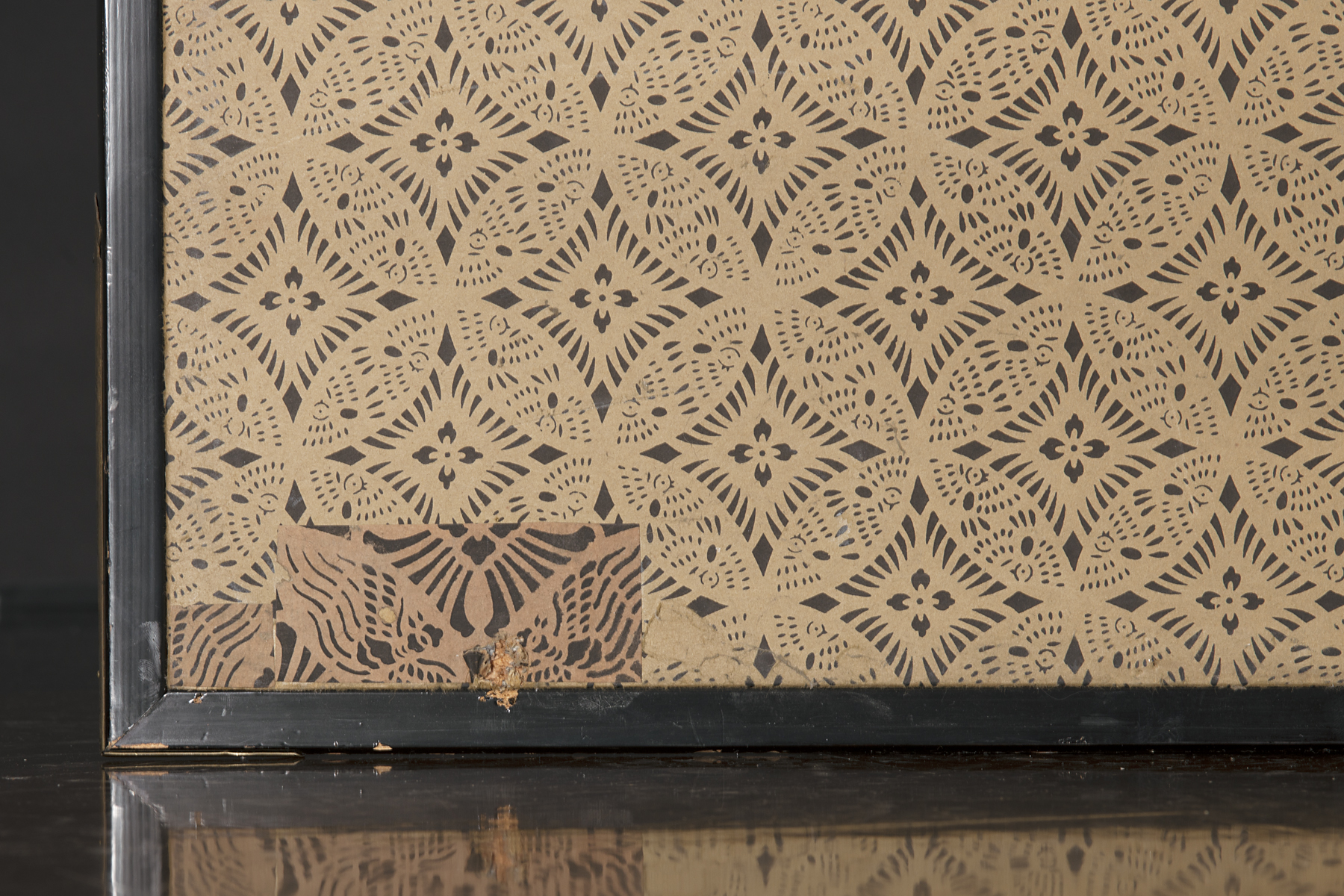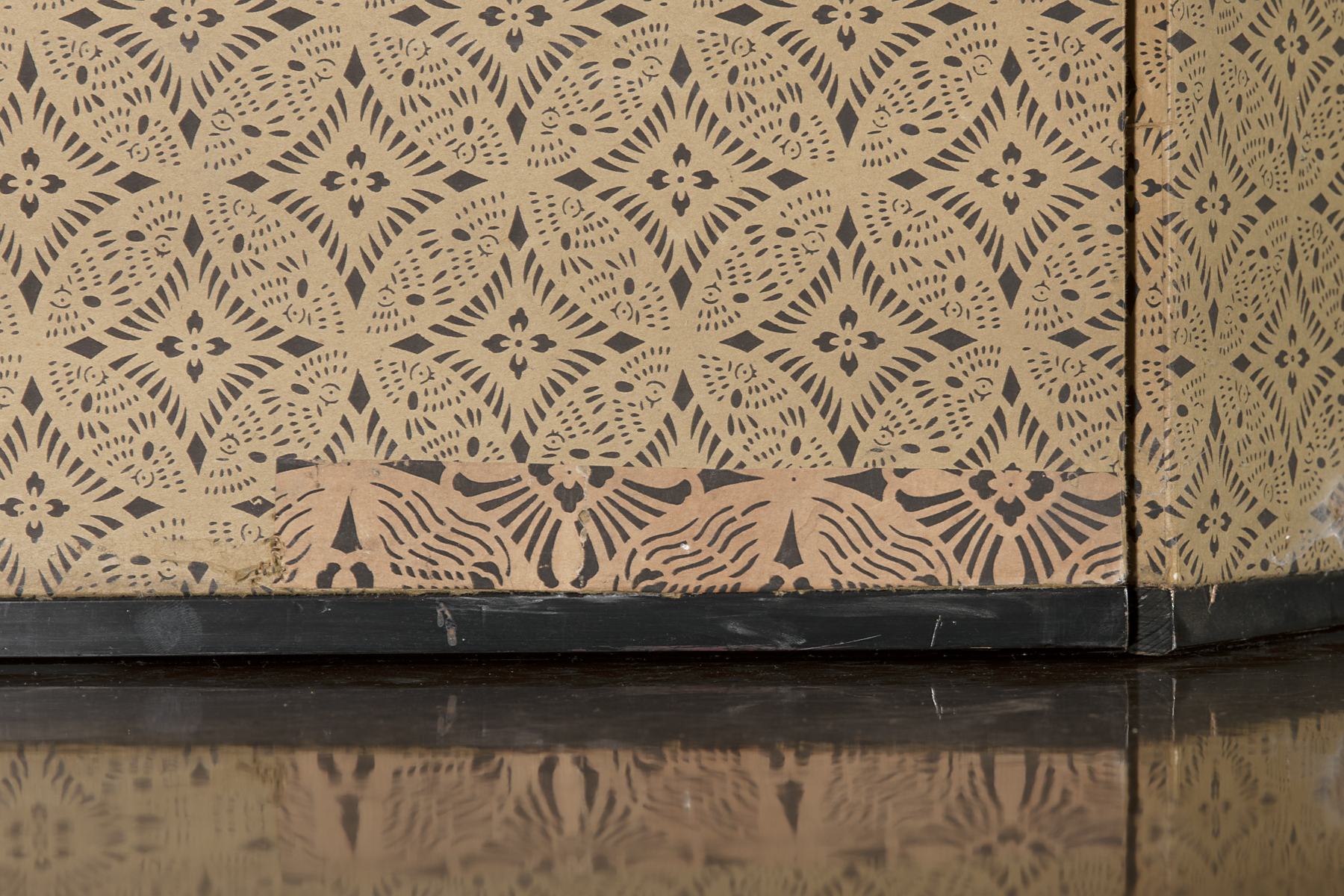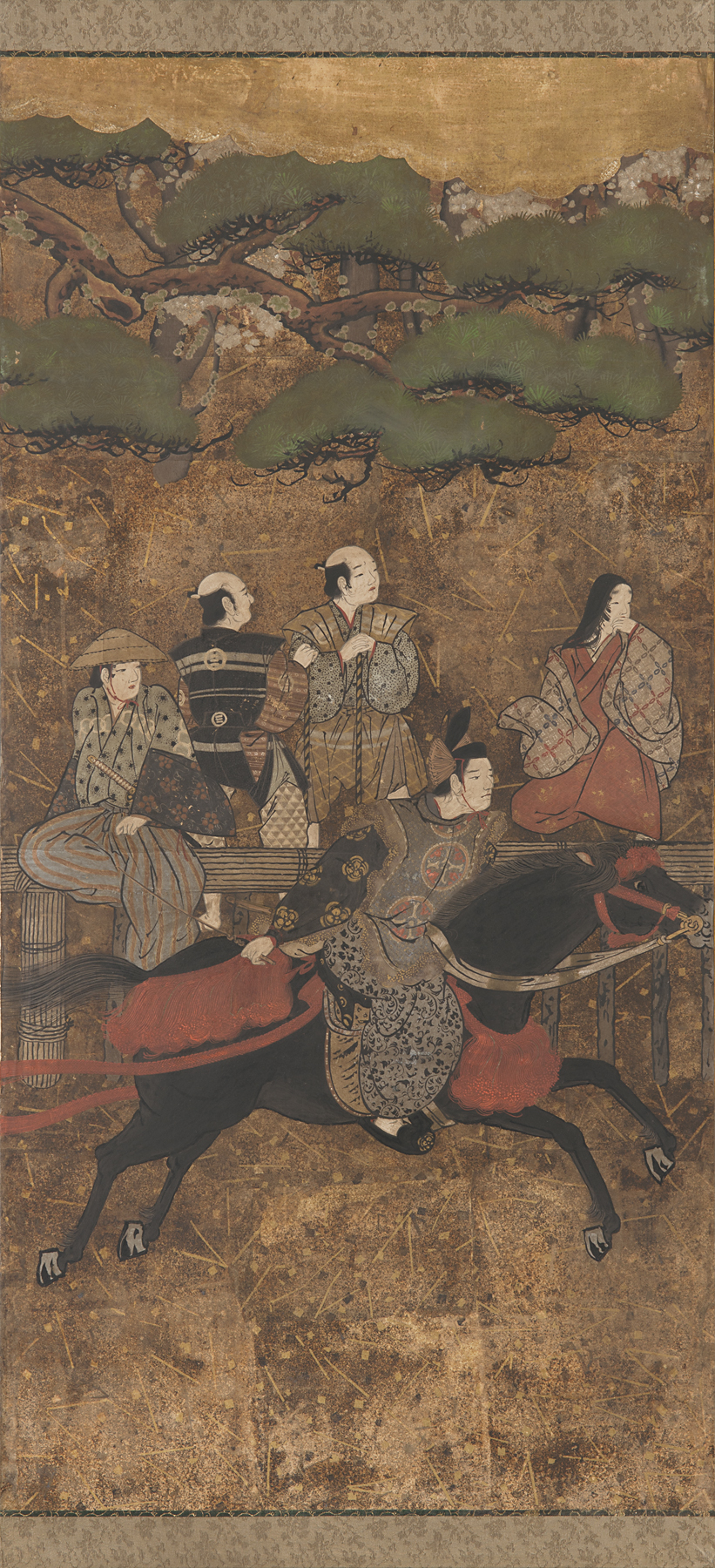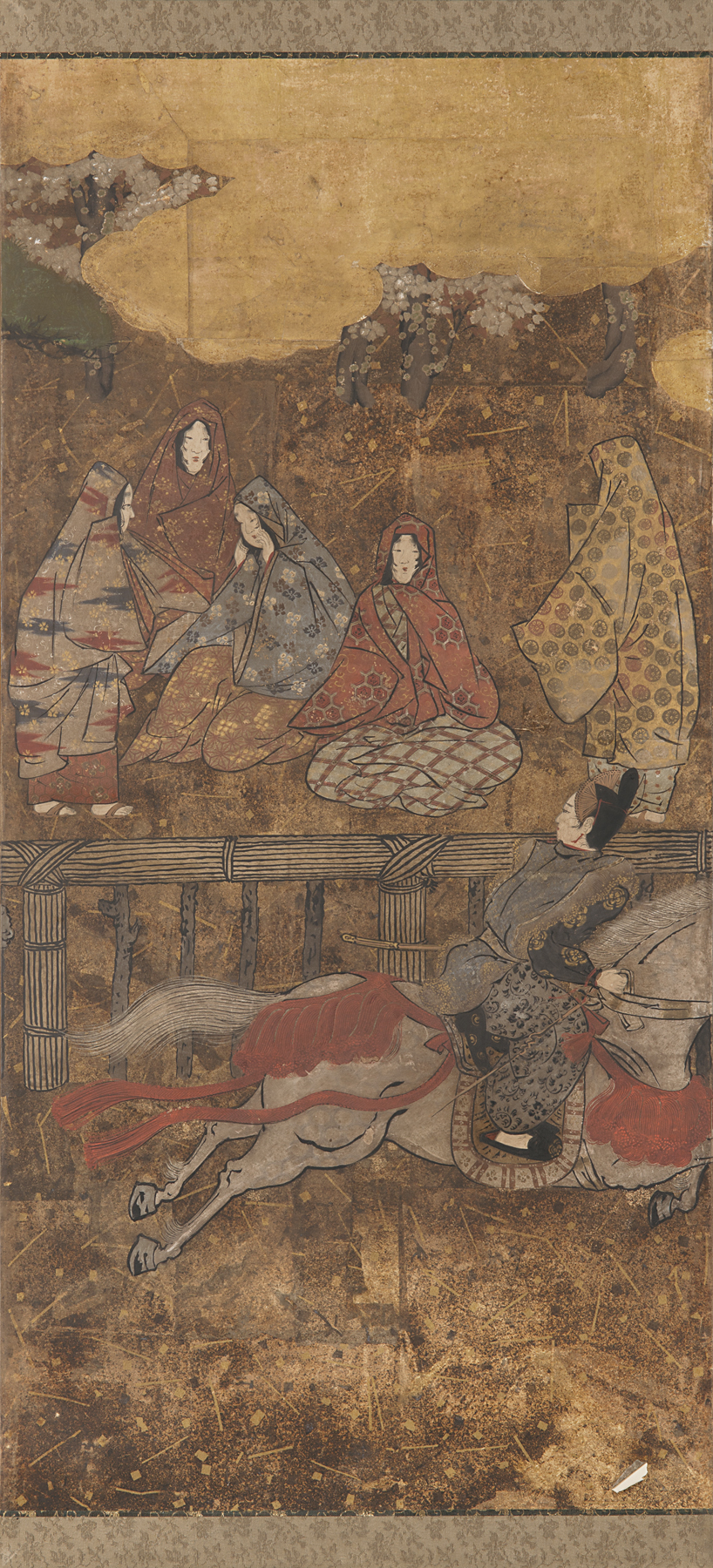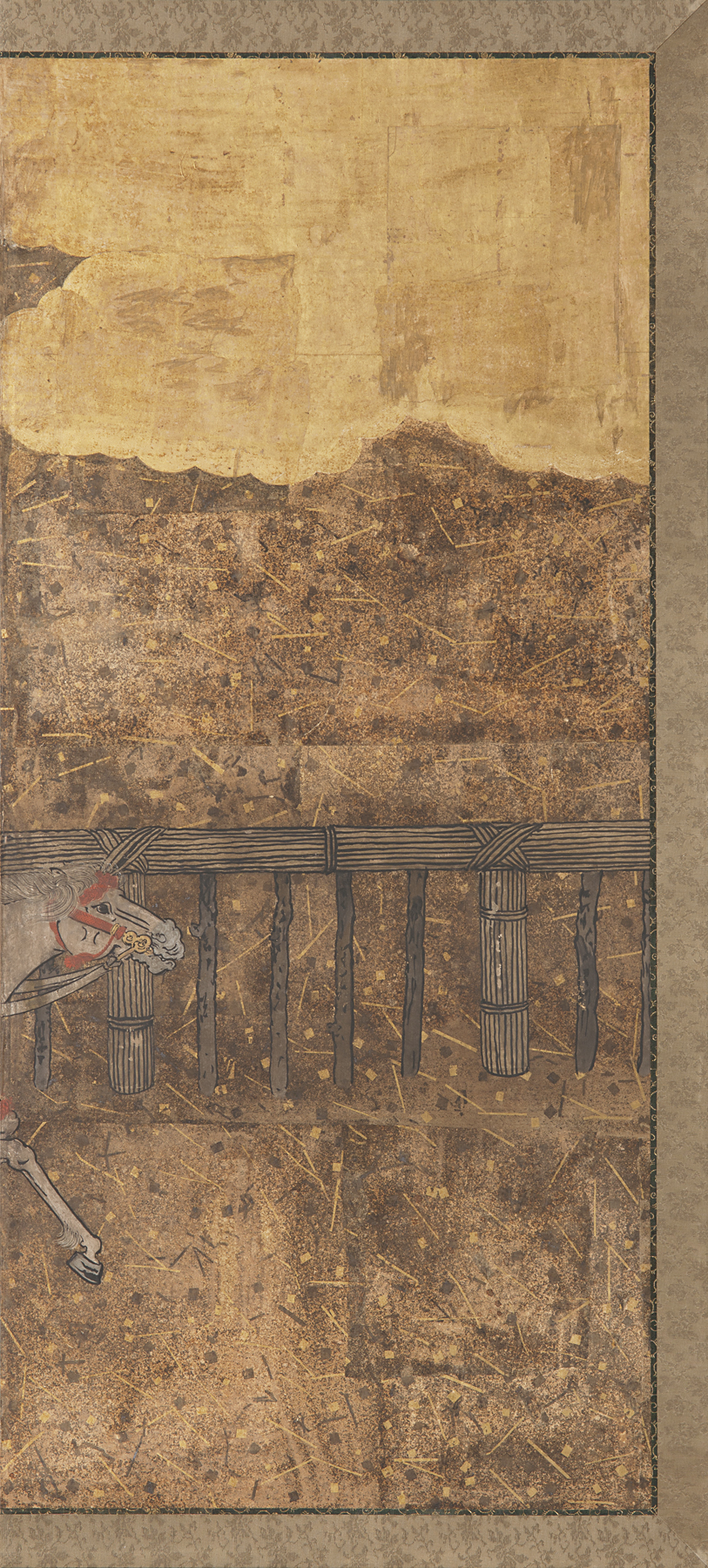Horserace at the Kamo Shrine, unknown maker from Japan
Artwork Overview
Horserace at the Kamo Shrine
, circa 1650–1699, Edo period (1600–1868)
Where object was made: Japan
Material/technique: gold leaf; paper; ink; color
Dimensions:
Object Height/Width (Height x Width): each interior panel 138 x 61.5 cm
Object Height/Width (Height x Width): 54 5/16 x 24 3/16 in
Object Height/Width (Height x Width): each exterior panel 138 x 63 cm
Object Height/Width (Height x Width): 54 5/16 x 24 13/16 in
Object Height/Width (Height x Width): each interior panel 138 x 61.5 cm
Object Height/Width (Height x Width): 54 5/16 x 24 3/16 in
Object Height/Width (Height x Width): each exterior panel 138 x 63 cm
Object Height/Width (Height x Width): 54 5/16 x 24 13/16 in
Credit line: Gift of Professor Curtis Besinger
Accession number: 1997.0420
Not on display
If you wish to reproduce this image, please submit an image request
